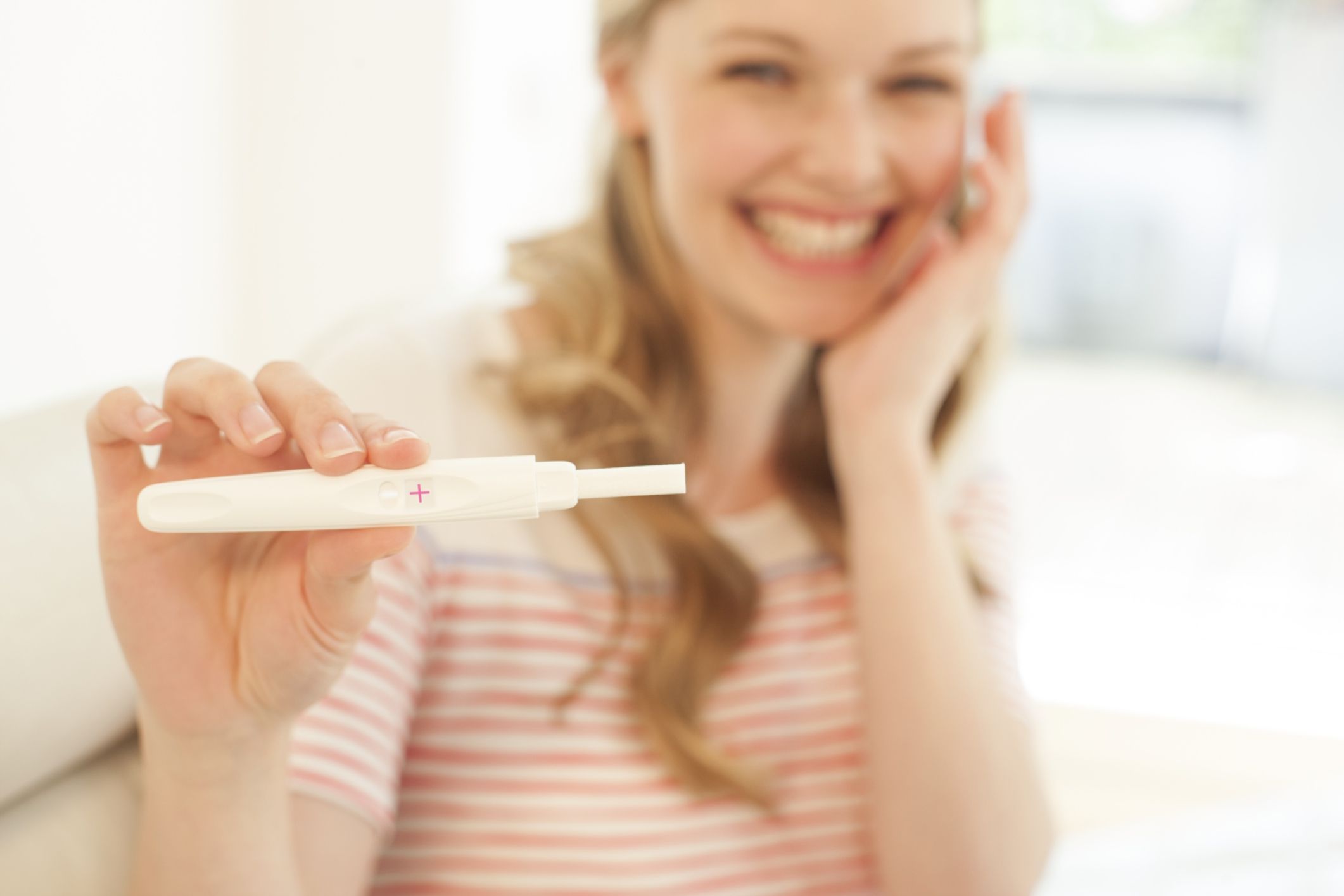The fertile window is the period of your monthly cycle when you’re most likely to conceive. The five days preceding the ovulation calendar, the day of ovulation, and the day after ovulation are the most important days for most women. To improve your chances of conceiving, by using an advanced ovulation calculator to determine the most fertile days and the exact ovulation date. It’s important to remember that a woman can only conceive during her ovulation period. If you’re trying to conceive, knowing your monthly fertility window can help you pinpoint the best time to have sex. Natural family planning, on the other hand, is a less effective kind of contraception that does not protect against sexually transmitted infections.
Methods to Calculate Monthly Fertility Window:
There is a variety of fertility awareness by using an menstrual cycle calculator by iovulationcalculator to determine the most fertile days, often known as rhythm methods, to choose from. If you’re performing natural family planning, it’s preferable to employ all three approaches.
Calendar Method:
To keep the advanced ovulation calculator the length of the menstrual cycle, use the calendar approach. Mark the first day of your period on your calendar or in a period-tracking software every month. The duration of your menstrual cycle is determined by the number of days between the first days of consecutive periods. To acquire solid data, you should do this for at least six months. 12 to 14 days before the start of a new menstrual cycle, you ovulate.
The fertile window is defined as the five days leading up to ovulation, plus the day of ovulation and the day after ovulation, for a total of seven days. It’s vital to remember that the fertility calendar approach will not be correct for you if you have irregular periods and the length of your menstrual cycle varies from month to month.
Cervical Mucus Method:
During your menstrual cycle, hormonal variations alter the amount and consistency of your vaginal mucus. Every day, feel and examine your vaginal mucus and keep the result of the ovulation tracker in a chart. When the mucus is heavy, moist, and slippery, you’re most likely ovulating (and most fertile). The consistency will be similar to raw egg whites.
For at least one menstrual cycle, keep track of your vaginal mucus. If you wish to use this strategy, talk to your provider first. It may be tough to know what to look for at first. He or she can show you how to chart and characterise your mucus on a daily basis.
Ovulation Predictor Kits:
Ovulation prediction kits are at-home tools that can help you anticipate when you will ovulate. If you have regular cycles but aren’t sure if you’re witnessing natural symptoms of ovulation, these tests may be useful (cervical mucus or a rise in basal body temperature). Luteinizing hormone levels in your urine are measured using ovulation prediction kits. Ovulation usually occurs within 24 hours after the ovulation day calculator or predictor test is positive, signalling that you’re fertile and should have intercourse. If you have irregular periods owing to a polycystic ovarian syndrome, these kits may not be reliable then you can use an advanced ovulation calculator.
Basal Body Temperature Method:
You take your temperature each morning as soon as you wake up, often known as the temperature method (before you get out of bed). A basal body thermometer is used, which can be inserted into your mouth or rectum. The sensitivity of a basal thermometer is higher than that of a standard thermometer. It can detect a tenth of a degree difference in body temperature.
If you keep track of your temps before and after with the help of an ovulation day calculator, you should notice a steady rise in your basal body temperature. When attempting to conceive, it’s crucial to keep in mind that the basal body temperature approach isn’t very good at predicting ovulation. You’ve already ovulated if you notice an increase in your temperature. This approach, on the other hand, is a useful tool for tracking your ovulation rhythm.

